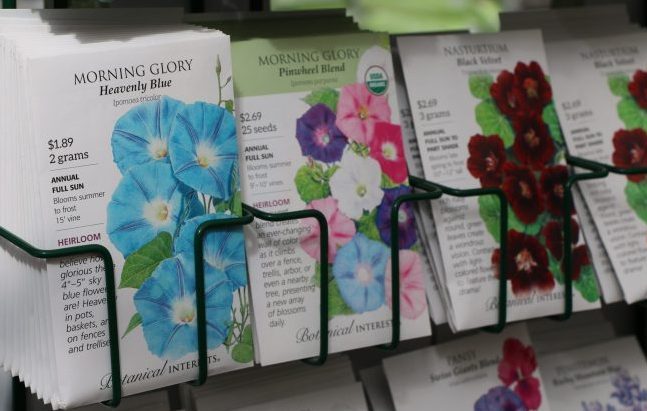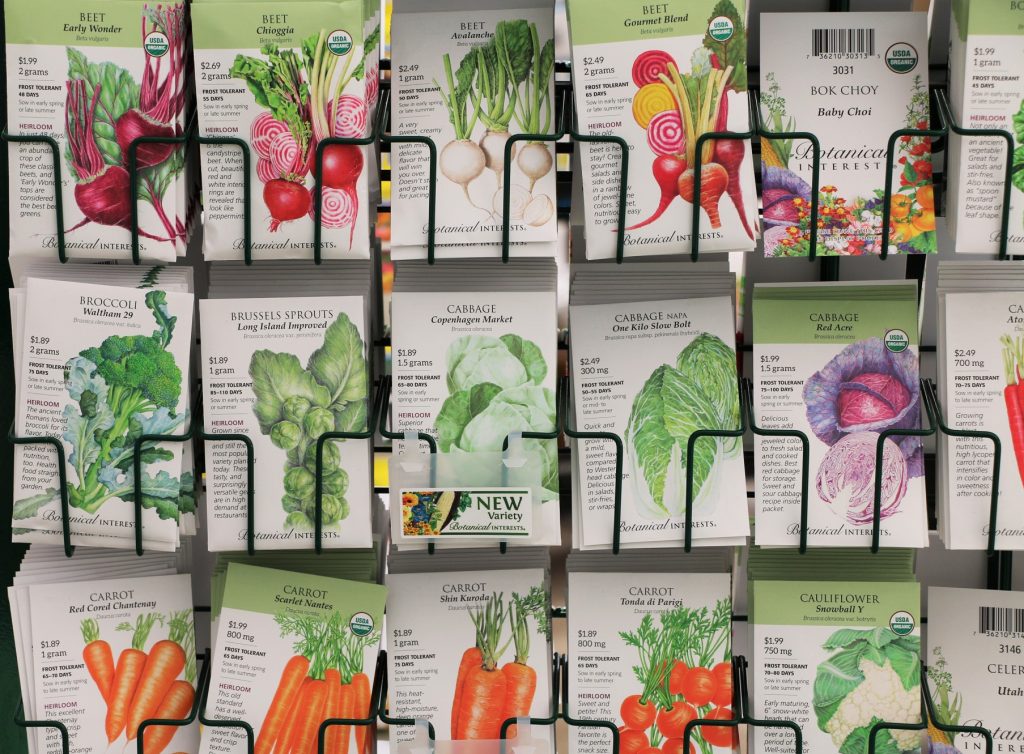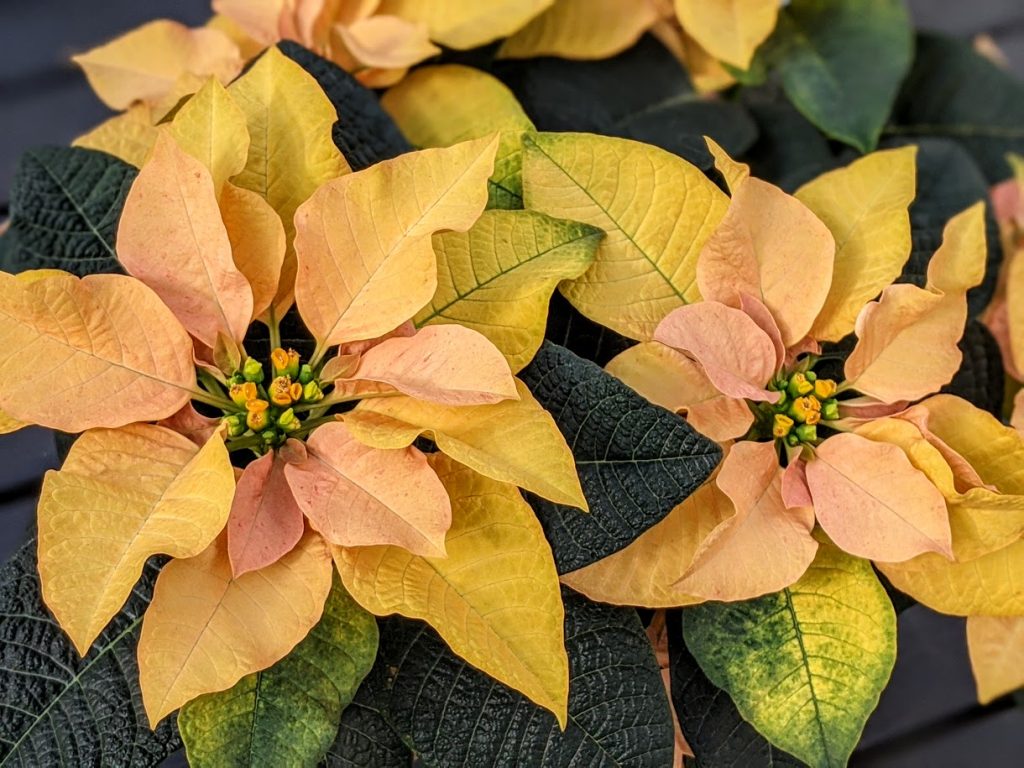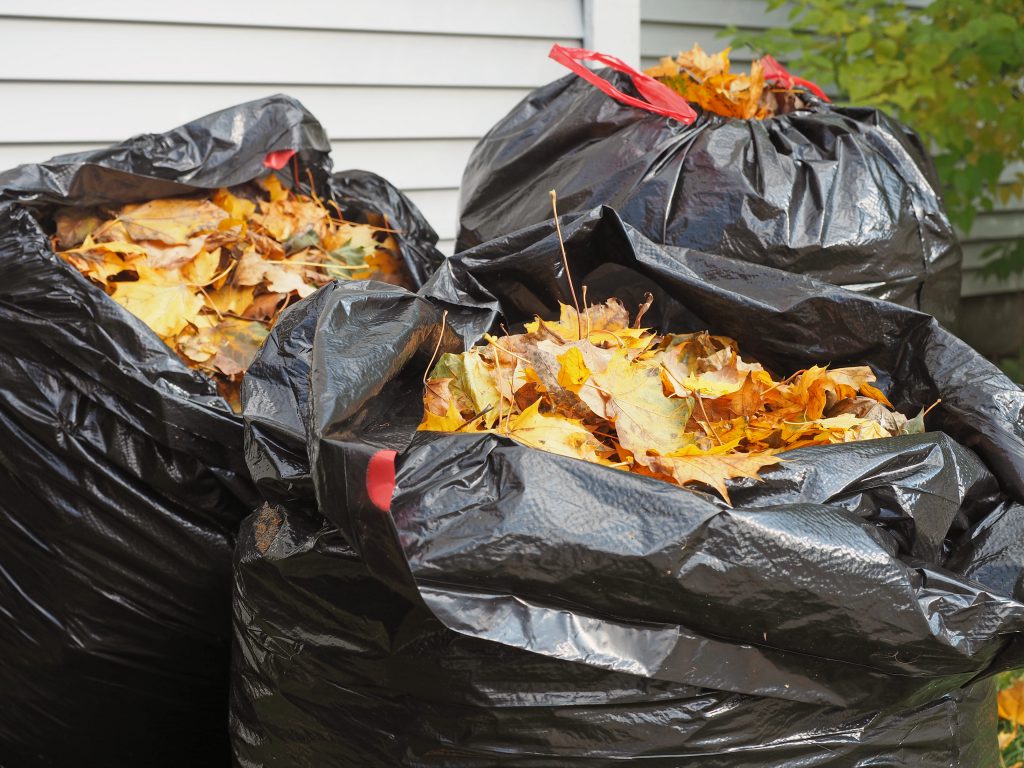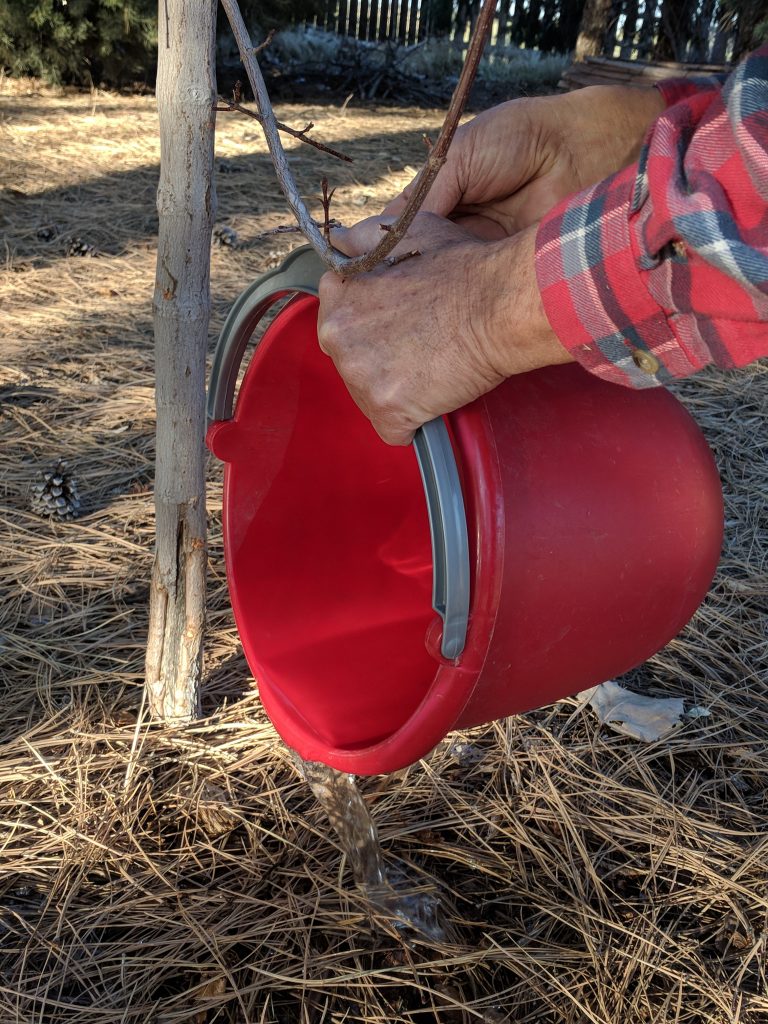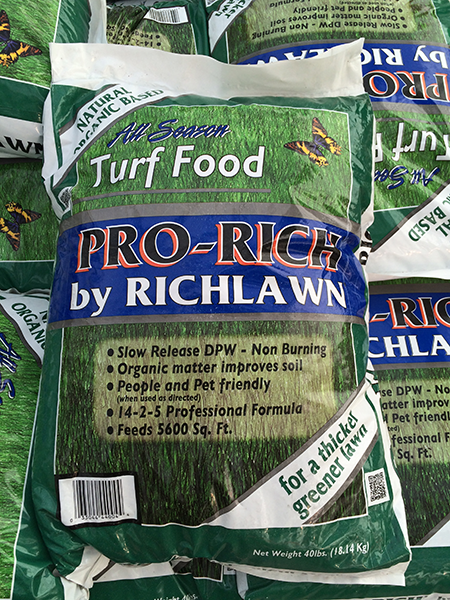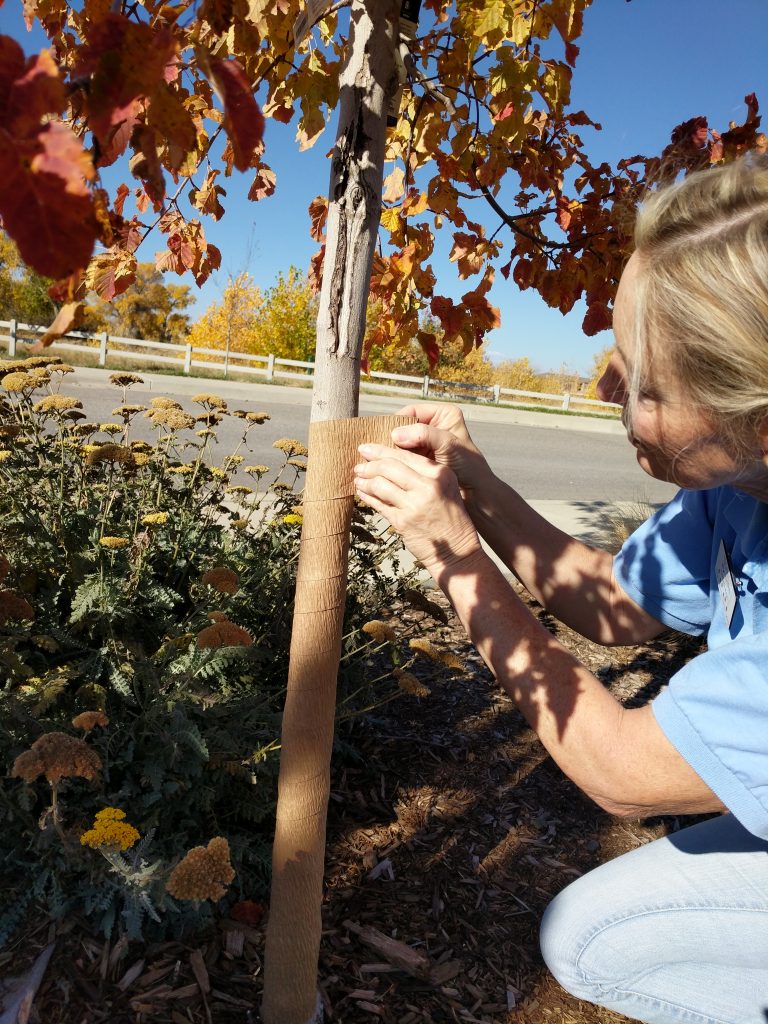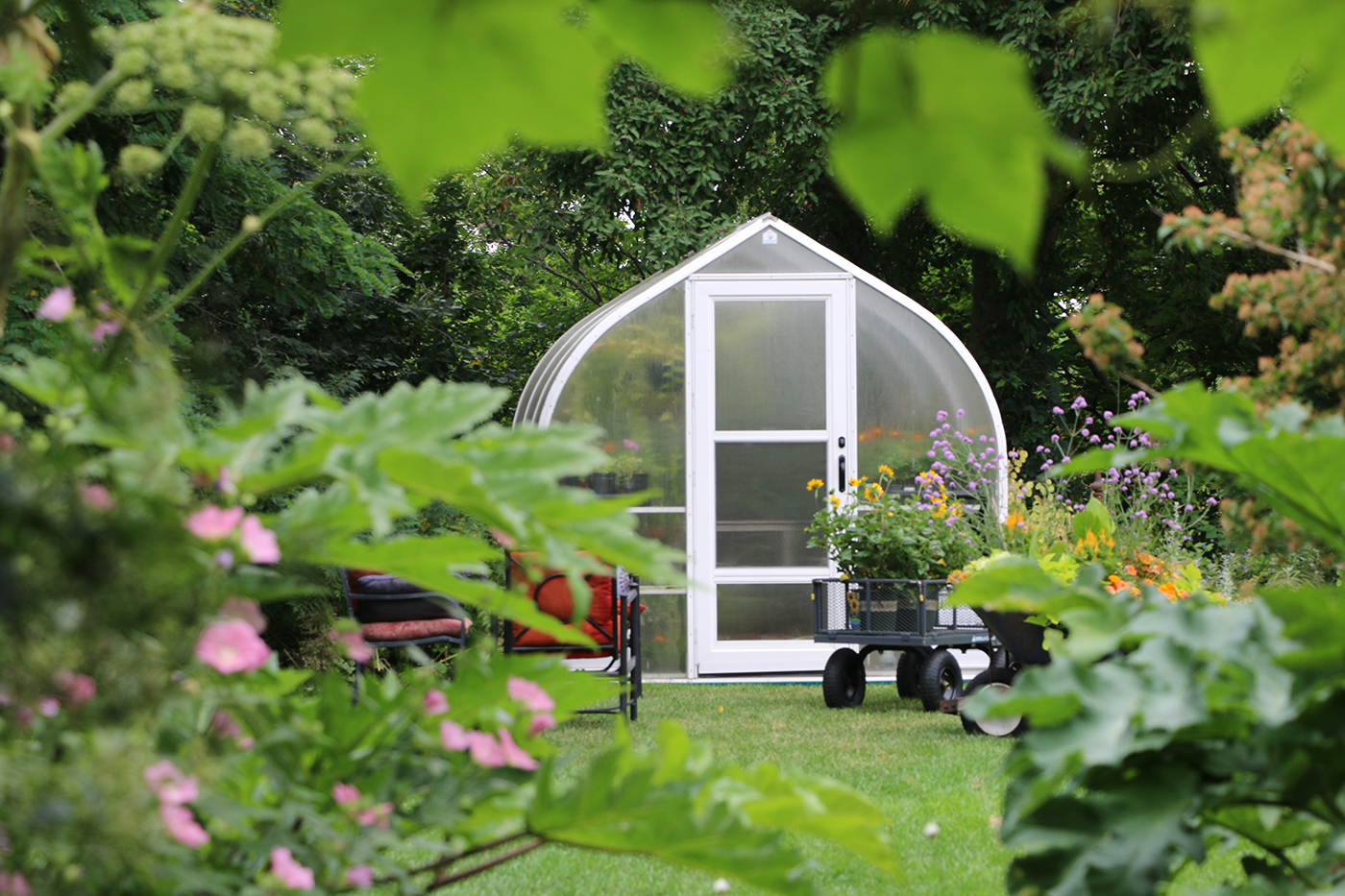Let’s start with the treats.
Remember how crazy it was buying veggie and flower seeds this past spring? Why not “buy it forward?” Tagawa’s has brought in a great supply of 2021 seeds early and they’re in the racks now!
These aren’t leftover seeds from this past season. These seeds are packaged and stamped for next summer’s gardens. Tagawa’s still has its regular seed orders in place, but maybe there’s something comforting about having the seeds you want already in hand.
Treat yourself to packets of your favorite varieties or something you’ve never grown before.. or create a thoughtful basket of gardening inspiration to give to a friend for the holidays! Nothing like beautiful seed packets to fuel an afternoon of gardening dreams on a cold winter’s day!
Poinsettias already? Oh ya, and here’s why!
Not all poinsettias are created equal… or created red!
The colors of fall are rich and warm, and “Autumn Leaves” poinsettias have arrived at Tagawa’s just in time to add a beautiful seasonal touch of those colors to your fall decorating.
Whether you want to dress up your home for Thanksgiving (which will be here before you know it!), or just want to treat yourself to something special to mark the change of seasons, Autumn Leaves may be just the ticket!
And speaking of leaves…
It breaks my heart when I see bags of leaves ready to be piled up at the curb as if they were garbage. They’re not garbage!
Dried leaves are a treasure of wonderful things that belong in our gardens, not our landfills.
With the exception of leaves with waxy coatings (cottonwood, for example) or any leaves that have been treated with herbicides, fall leaves are loaded with nutrients that will improve your soil and feed the beneficial bacteria and other helpful tiny creatures that live there.
Healthy soil is essential for healthy plants. Once the fallen leaves in your yard have dried out completely, there are several ways you can put them to work.
If fallen leaves have collected on your lawn, once they’ve dried out, just mow ’em up! Mulching mowers are great for this, but double-mowing the leaves will work just fine, too. The nutrients from the leaves will feed your lawn and the soil it’s growing in. What could be easier? And you’ve saved yourself the trouble of raking!
As long as the soil in your annual flower and veggie beds is dry, you can also dig in a few inches of crispy, dried leaves to decompose over the winter. Both the fiber and the nutrients in the leaves will enhance the soil for next season.
Dried leaves are also excellent as a light mulch mounded over younger or more tender perennials once cold weather has set in for good. The mulch will help preserve moisture and keep the plants from emerging too early in the spring.
Which brings us to another way to use dried leaves…
Rose collars for the queen of flowers
Roses that have been grafted, where the desirable rose has been grown onto an especially sturdy root system, need protection from severely cold temperatures. If the top growth of a grafted rose dies, the root system will send up its own top growth which usually isn’t especially desirable. Rose collars are the answer.
The collars can be placed after we’ve had enough cold weather to begin to push the roses in dormancy…. like now.
The collars are placed around the roses. Light mulch like dried leaves, pine needles, or small bark is tucked inside the collar right over the plant. Over the winter when temperatures are at least 40*, the roses should get a bucket of warm water inside the collar twice a month unless we’ve had significant wet snow. Leave the collars on until temperatures are consistently warm in May.
On the subject of watering…
We at Tagawa’s are always urging gardeners not to neglect winter watering. It can make a huge difference in how well the plants in your landscape handle winter… especially during dry months when good soaking snowfalls are few and far between.
That means grabbing a bucket or dragging (and then draining) a hose at least once a month on warm mornings. Young trees, shrubs, and perennials can be especially vulnerable to winter drought. Giving them a good deep drink can be a lifesaver!
But here’s another watering tip that doesn’t get enough attention: plants that are well-watered going into severe cold temperatures routinely stand up to cold stress much better than plants that haven’t gotten that extra T.L.C. So don’t wait until winter officially arrives to start a good watering routine for plants that are especially important to you. The time and effort you spend on good watering can make or break a plant’s survival.
Not too late for T.L.C. for your lawn, either!
If you haven’t given your lawn it’s fall/winter fertilization, do it now! Most bluegrass lawns are still green, which means their roots can lap up a late feeding and be ready to get up and growing come spring.
Tagawa’s carries a variety of lawn foods that are good options for fall feeding. All of them will need to be watered in, so a little hose dragging may be called for assuming your sprinkler systems have been drained, but the extra effort will be worth it.
Check with the folks at Dick’s Corner for other things you can do for your lawns now to help it be it’s best next year.
And one very quick tip to protect your trees
Along with winter watering, the few minutes it will take to wrap your young trees can be extremely helpful in getting them through winter in good shape.
The south- and southwest-facing bark of deciduous trees… the trees that drop their leaves… can heat up on warm winter days. By encircling the trunk with tree wrap, the sensitive bark will be shaded enough to prevent freeze damage and splitting bark when the cold temperatures return at night.
Begin wrapping the tree at its base and spiral up to the first branch. Secure the tree wrap onto itself with duct tape. The tree wrap should stay in place until mid-April.
Tree wrap is especially important for young trees and thin-barked trees like fruit trees for the first three to five years they’re in the ground.
